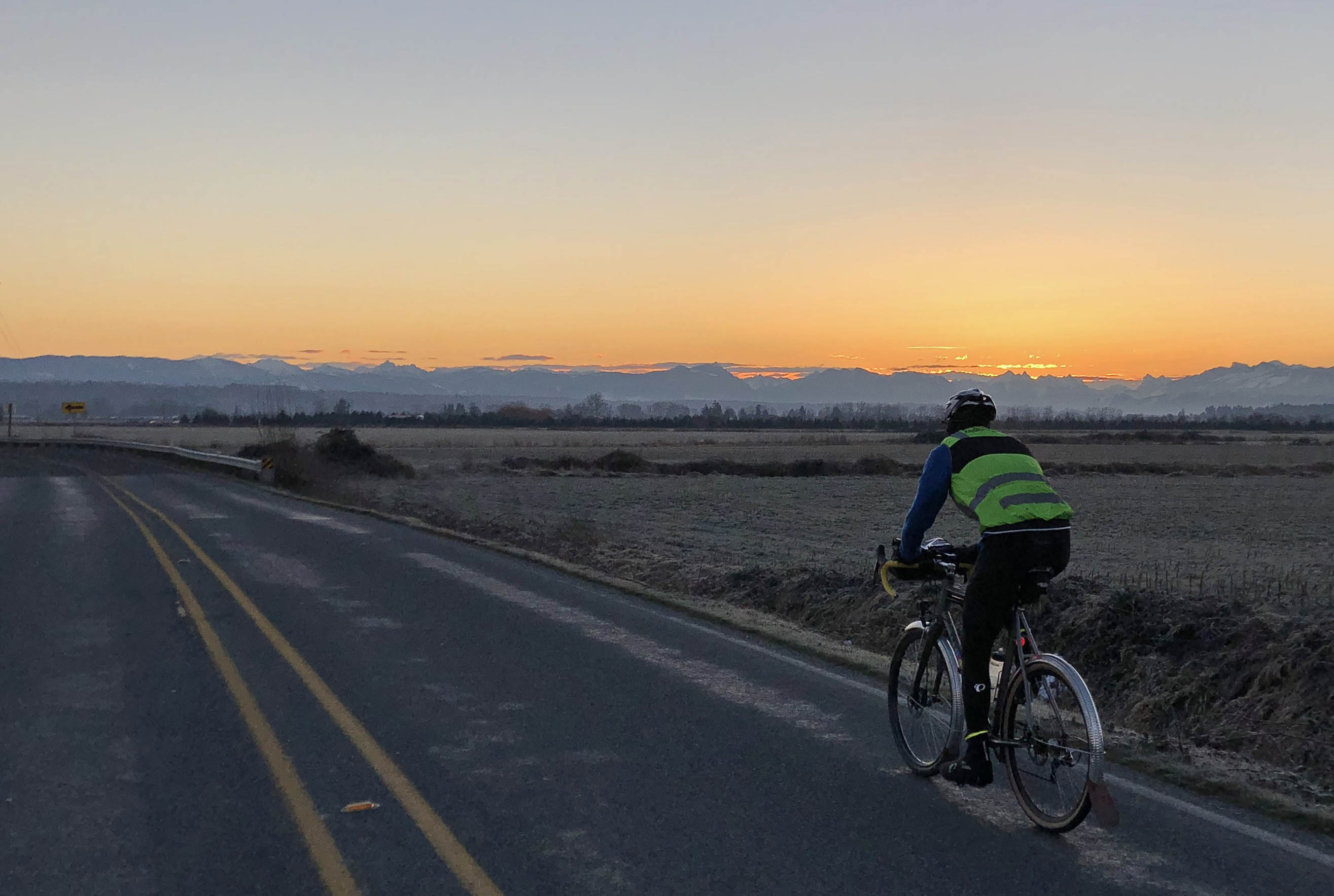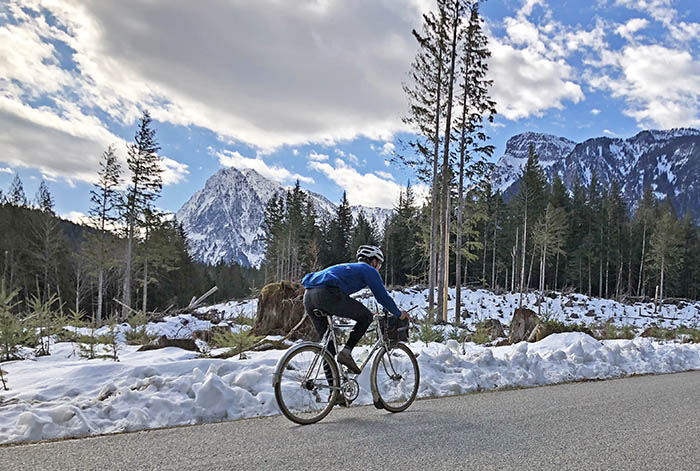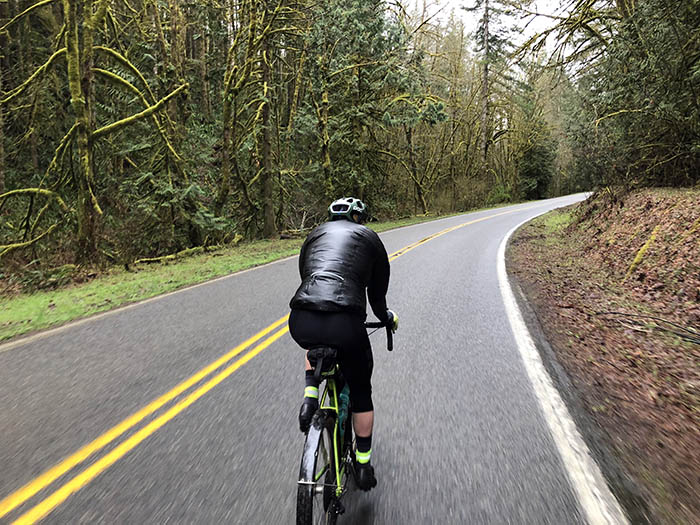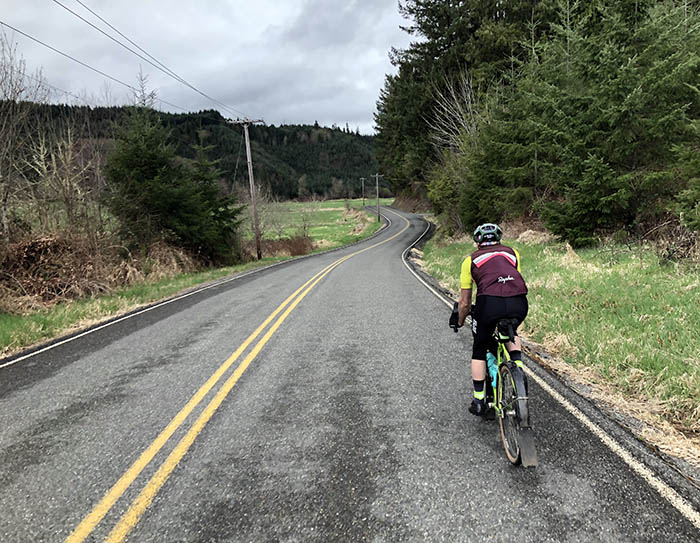The Road to Paris-Brest-Paris

Paris-Brest-Paris, one of the world’s oldest long-distance events, is held every four years. 2019 is a ‘PBP Year,’ and thousands of cyclists all over the world are preparing to ride 1200 km (750 miles) from France’s capital to its westernmost city and back.

PBP is not just an epic ride – it’s an amazing event with a long history. Started as a ‘utilitarian race’ in 1891 to promote cycling as a means of travel, it became a professional race for half a century (above, the 1931 winner, the Australian Hubert Opperman). Back then, it was considered so hard that it was run only every 10 years. As PBP morphed into a randonneur event during the 1930s and 1940s, it was run every five, then every four years.

Before we can take the start on the outskirts of Paris in August, we have to prepare. Riding 1200 km in 90 hours (or less) isn’t something that most of us can do without training and planning. The preparation is part of the fun.

The prospect of climbing the bucolic, but relentless, hills of Brittany in August has us head into the mountains with more vigor than usual. The season starts with the new year…

What we lack in form during these early rides, we make up with fun. We aren’t in a big rush, so we stop at stores along the way. We have plenty of time to talk and rekindle our friendships after not seeing much of each other over the winter.

We rediscover favorite roads in the lower parts of the Cascade Mountains, and we breathe fresh mountain air.
[youtube https://youtu.be/5QvAMi9Swos?rel=0&w=640&h=360]
We take backroads whenever we can.

We check on what is new since we last came out here. When will the Bush House in Index finally reopen? A nice option for lunch at the half-way point of our customary early-season ride would be nice!

With the coming of spring, the brevet season starts. Now we’re also working on our speed. In a ‘PBP Year,’ we have to ride the brevets, rain or shine: They are required to qualify for the big event. It’s actually the harder rides that create the greatest memories.

Last weekend’s 300 km brevet started with torrential rain. This was followed by ferocious winds as we rode up the coast. We drafted each other in silence, turning the pedals with smooth regularity. The landscape passed almost like a movie as we pedaled on flat roads, buffeted by the gusts.
Wind creates a strange disconnect between the effort and the landscape. Hills make it easy to predict how hard you need to work: You see them coming, you climb them, and then you are usually rewarded with a descent. In the wind, the effort changes with every gust. It makes it difficult to judge how much effort you can maintain.

And yet, we had a good time.

And then, after hours of hard effort, our ride came to a stop when the longest train I’ve ever seen crossed the road at a leisurely pace.

It was a good opportunity to rest and chat with our friends after battling the winds all day.

We headed out again the following day for a 200 km brevet. The course was beautiful, and we were excited to discover new roads…

… and new places.

And toward the end of the weekend, the roads even turned dry!
PBP is still four months away – there is plenty of time to prepare. From now on, the preparation will include our usual adventures as the snow melts in the Cascade Mountains. Fortunately, preparing for PBP requires doing what we like most: riding our bikes.

In the Spring 2019 Bicycle Quarterly, we feature four PBP Anciens (riders who’ve completed the long ride). Each has a different approach to the long ride, each has different goals, and each came away with different impressions. Yet they all agree that PBP changed their lives. And their advice for riders planning the big ride is remarkably similar: Take it one section at a time, and never give up! Click here for more information about this BQ edition.
Photo credits: Evelyne Champaux (Photo 3), Ryan Hamilton (Photo 6), Ryan Francesconi (Photos 9, 10), Tim Wainwright (Photo 16).


